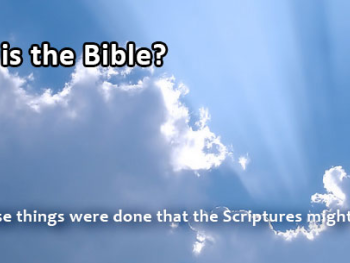Biblical archaeologists have a particular interest in deciphering hieroglyphics because of their relevance to understanding ancient Egypt and its connections with events and people mentioned in the Bible. Hieroglyphics are the writing system of ancient Egypt, consisting of intricate symbols and images that convey both phonetic and semantic meanings. Here's what biblical archaeologists have said about hieroglyphics:
- Historical Context: Biblical archaeologists often emphasize the importance of hieroglyphics in providing historical context for events described in the Bible. Hieroglyphics can shed light on the culture, society, and political dynamics of ancient Egypt during the time when the biblical events are believed to have occurred.
- Corroborating Evidence: They view hieroglyphics as a valuable source of corroborating evidence. When hieroglyphic inscriptions or artifacts mention people, places, or events that align with biblical accounts, it can strengthen the credibility of those biblical narratives.
- Connections to Biblical Figures: Hieroglyphics have been used to identify potential references to biblical figures, such as Joseph and Moses. Some biblical archaeologists have attempted to link hieroglyphic evidence to specific biblical individuals and their roles in Egyptian history.
- Archaeological Discoveries: Biblical archaeologists often work alongside Egyptologists and other experts to uncover and study inscriptions, papyri, and monuments with hieroglyphic inscriptions. These discoveries help build a more comprehensive understanding of the biblical world.
- Contextualizing the Exodus: The Exodus story is of particular interest to biblical archaeologists. Hieroglyphics have been used to examine the historical context and potential evidence related to the Israelite presence in Egypt and their departure.
- Interdisciplinary Approach: Many biblical archaeologists stress the importance of an interdisciplinary approach, combining biblical studies, archaeology, Egyptology, and linguistics to interpret hieroglyphics in a biblical context accurately.
It's important to note that the relationship between hieroglyphics and the Bible is a complex and sometimes contentious field of study. Interpretations can vary, and not all biblical archaeologists will agree on the significance or the implications of hieroglyphic findings. Nonetheless, hieroglyphics remain a valuable tool for gaining insights into the ancient world and its connections to biblical narratives.
Historical Context Ancient Egypt Bible History Biblical Archaeology Hieroglyphics Archaeological Discoveries Egyptian Hieroglyphs Exodus Story Interdisciplinary Research Biblical Interpretation





